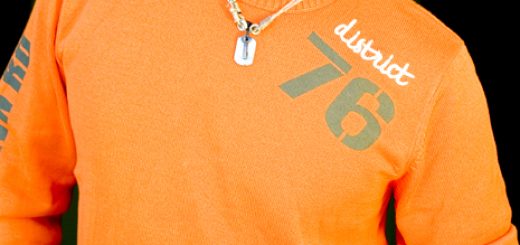Foot Tattoo Information and Problems
Foot tattoos have gained a certain level of popularity in recent times, especially among females. This can probably be attributed to the increased use of open toed shoe designs found with flip flops and high heels. Foot tattoos can be striking but often require a lot of aftercare. Ink migration, the spreading of the ink out of the tattoo, can be an elevated risk with foot tattoos. Also, it is thought that these tattoos are generally more painful than placement on say, the arm. That’s because tattoos done over bone tend to hurt more than those done over soft tissue.
Many women choose to get a foot tattoo is because of the size of the design. Foot tattoo designs tend to be smaller so they take less time to ink. And with less time under the needle that means that there is also less pain from being tattooed. Another thing that makes foot tattoos attractive to females is that the tattoo can be easily hidden just by wearing normal foot apparel. So, if tattoos aren’t permitted at her place of employment then she can cover it.
So, an upper arm or chest tattoo may be a better choice for a novice who is worried about their first tattoo or don’t know quite what to expect. If you get a foot tattoo, be prepared to go back and have it re-inked if need be. The top of your foot is the best place with the least blurring, avoid other places like the sides or the heels. The positive side of foot tattoos is that they are generally easier to hide, if you need to cover them for work for instance. And another positive is that these tattoos can really look cool if they are done by a skillful artist and proper care is taken of them.
Problems with Foot Tattoos
There are problems that you should know about before you choose to get a tattoo on your foot. While not all of them may apply to you, it’s a good idea to know the full situation before you go in.
Healing Time:
Depending on the size and placement of the tattoo, healing can range from 2 to 5 days. Some tattoo artists recommend not wearing shoes and socks for several days afterward. Others don’t think it’s a problem. Regardless, your foot will be sore and uncomfortable while it is healing, and if you can’t afford to be off your feet, this may not be a good option for you.
Finding an Artist:
Many artists refuse to do foot tattoos. This is because of the problems associated with them, and the artists don’t want to do bad work. Many tattoos artists will charge a premium to do work on the foot, and many don’t guarantee the work or offer free touch-ups. Another issue some artist worry about is the permanence of a foot tattoo. Tattoos on the foot will spread more than other tattoos, and so the designs will blur more quickly than others.
Holding Still:
Keeping your foot in a stationary position for an extended period of time is difficult. On top of that, there are certain spots on the foot that will react like your knee when a doctor hits it with a hammer. You will jump, and you probably won’t be able to control that. Some tattoo artists will be able to work with the jump, or cover up any lines that get squiggly because of it, but if you jump too unexpectedly, the damage will be done, and it may not be able to be fixed.
Medical Issues:
If you have diabetes, getting a tattoo anywhere below the knee is considered a bad idea because of circulation problems. You may be able to find an artist who is willing to do it, but you should talk to your doctor before you go ahead and get it done.
Even if you’re healthy, the placement of the tattoo (an area that normally gets dirty) makes it more prone to infections. Keeping your foot clean and sterile isn’t easy, and the healing tattoo needs to be both.
Pain:
The one thing that most artists and tattoos agree on is that the pain level is higher. Whether it is because of the number of nerve ending or the lack of muscle between the skin and the bone, no one seems sure. The other problem, related to pain, is bleeding. Foot tattoos do tend to bleed more than tattoos on other parts of the body.

